Radon is a naturally occurring radioactive element that should be kept at its lowest possible level in your home. This is where the use of a radon system comes in. If you are wondering if you can turn off your radon system, we did thorough research to answer your question.
You should not turn off your radon system. You'll need to keep the system running as the radon level needs to be detected as soon as it exceeds the minimum level.
Turning off your radon system can prove hazardous because undetected radon can lead to numerous health issues and death after continuous exposure.
Keep reading to learn the importance of radon systems and why they should stay on constantly. We will also discuss the cost of installing a radon fan and how long it should last.
Can You Turn Off a Radon System?
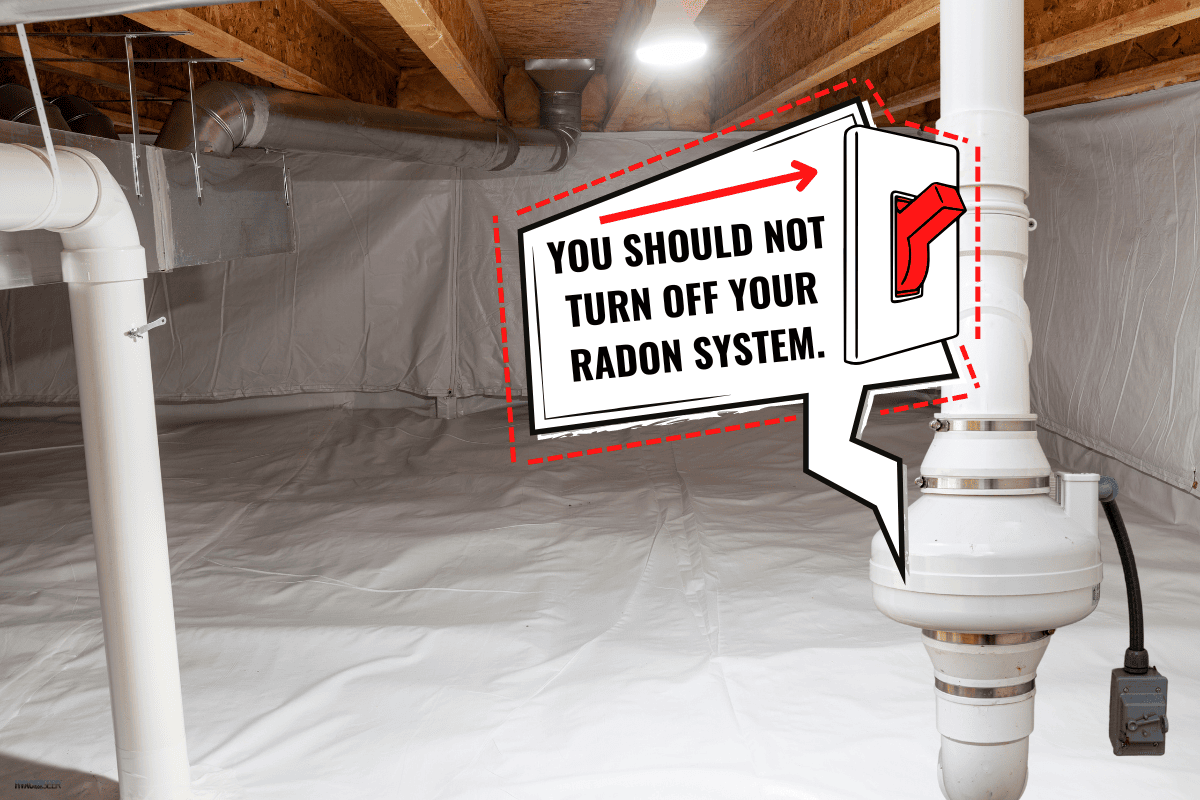
Radon systems should be left to run continuously. They should never be off. If you turn off your radon system, the radon level will return to the level that it was before mitigation within a short while.
Also, ground moisture may affect your radon fan's motors, which can cause a system failure. This may occur in humid areas with environmental moisture.
Radon fans are usually installed at the base of your home, where they create negative pressure. This type of setting and system allows the radon to get pushed out of your home. The fan of the radon system helps this happen.
You should check your radon system once in a while to ensure it is on the right level (4.0 pCi/L).
How Much Does It Cost To Install a Radon System?
The cost of installing a radon system varies with property-specific factors. On average, it can cost $999. If you’re handy and have some plumbing and electrical skills, you can install your own radon fan, although this is not recommended.
The level of radon in your home will also dictate your cost. If your home's radon level is on the high side, you may need a more robust radon mitigation system to maintain the radon level.
This cost given above is just for the fan and does not include the cost of the needed supplies to attach the radon fan to your system.
Several factors contribute to the cost of the radon fan that you’re trying to install. If you have a large space or a large home, you will need the appropriate supplies to install the radon fan.
If you don’t want to install the radon fan yourself, you will need to spend extra for the services of a professional.
How Long Does a Radon Fan Last?
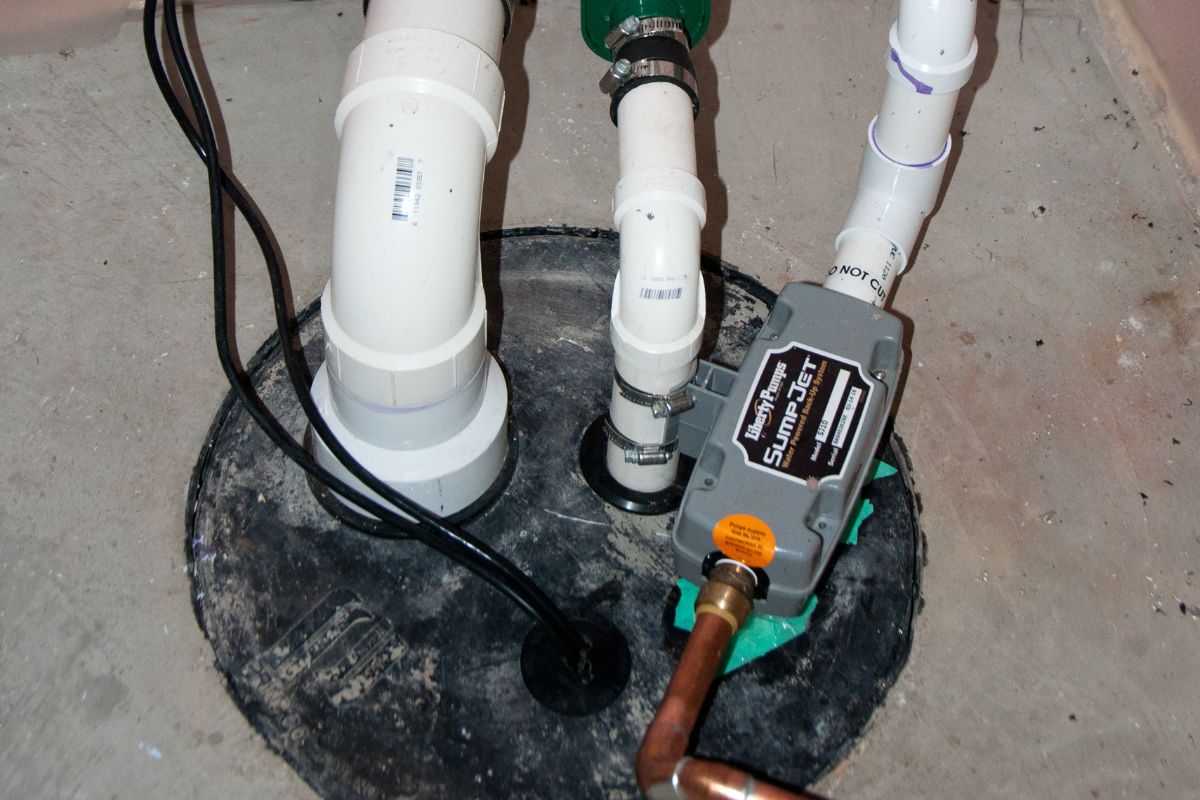
A radon fan may last for more than five years if well-maintained. For most brands, the warranty does not go beyond five years. However, it is recommended that you retest your system at least every two years to ensure that it is still performing well.
You will know the radon system is still in good shape when radon levels in your home remain low. If they go higher than they should at any point, you need to check the fan to determine if it needs to be replaced or repaired.
How Do You Know If Your Radon System Is Working?
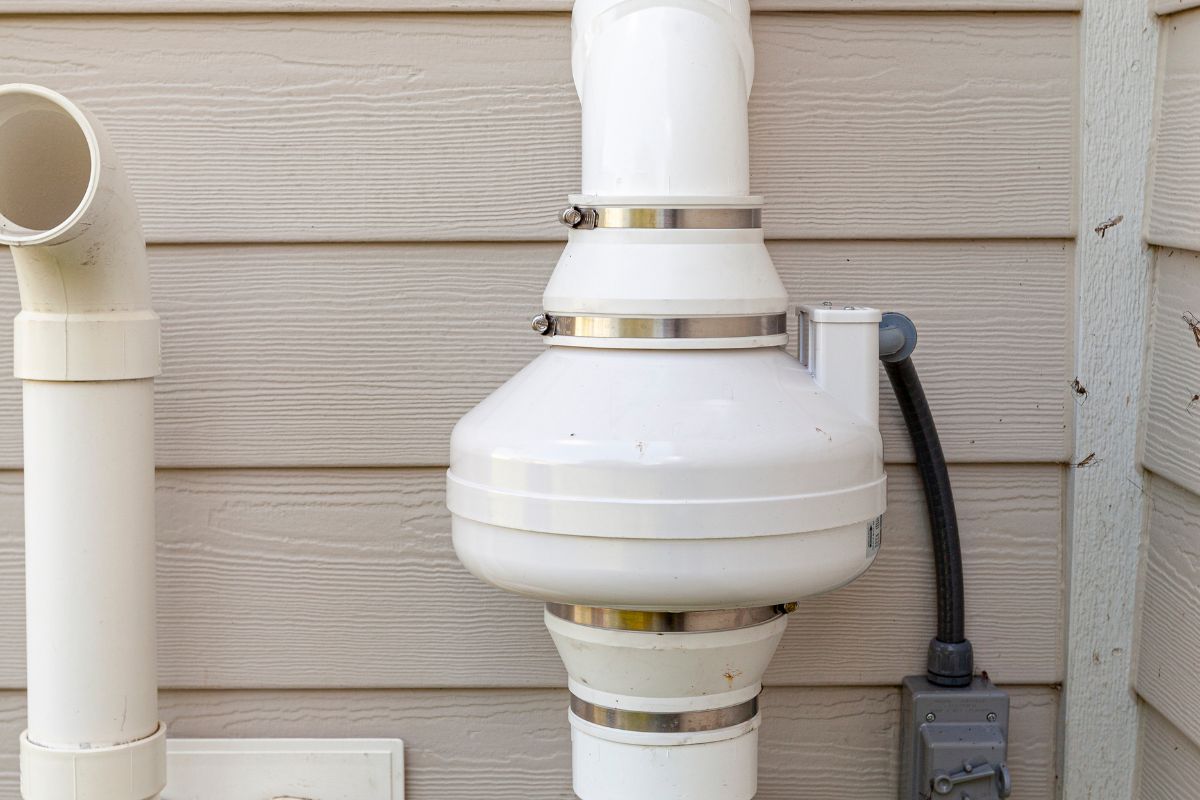
You can check if your radon system is working by using a U-shaped manometer. If the liquid in the tube is on the same level on both sides, it means pressure is absent in the pipe, and the radon mitigation system is not working.
The manometer can sometimes be red, blue, or green in color. It is usually installed on the radon vent pipe in a closet or garage. The radon fan creates suction to draw up fluid on one side of the gauge.
When this happens, a small piece of transparent tubing moves from the top of the manometer to the radon vent pipe. The oil on the manometer should be lower on one side and higher on the other.
If your radon system isn’t working, different reasons may have caused this. Don’t be quick to dispose of or replace the radon system. It is possible that you lost power or the fan is unplugged.
The clear tube may also be disconnected from the radon vent pipe. If this is the case, you need to reconnect the tube to the vent pipe and ensure it is well placed.
If you have checked all necessary connections and the radon system is still not working, you may need the help of a contractor or specialist, as the radon system may just be dead and need replacement.
Check out the Dwyer Flex-Tube on Amazon
How Loud Should a Radon Fan Be?
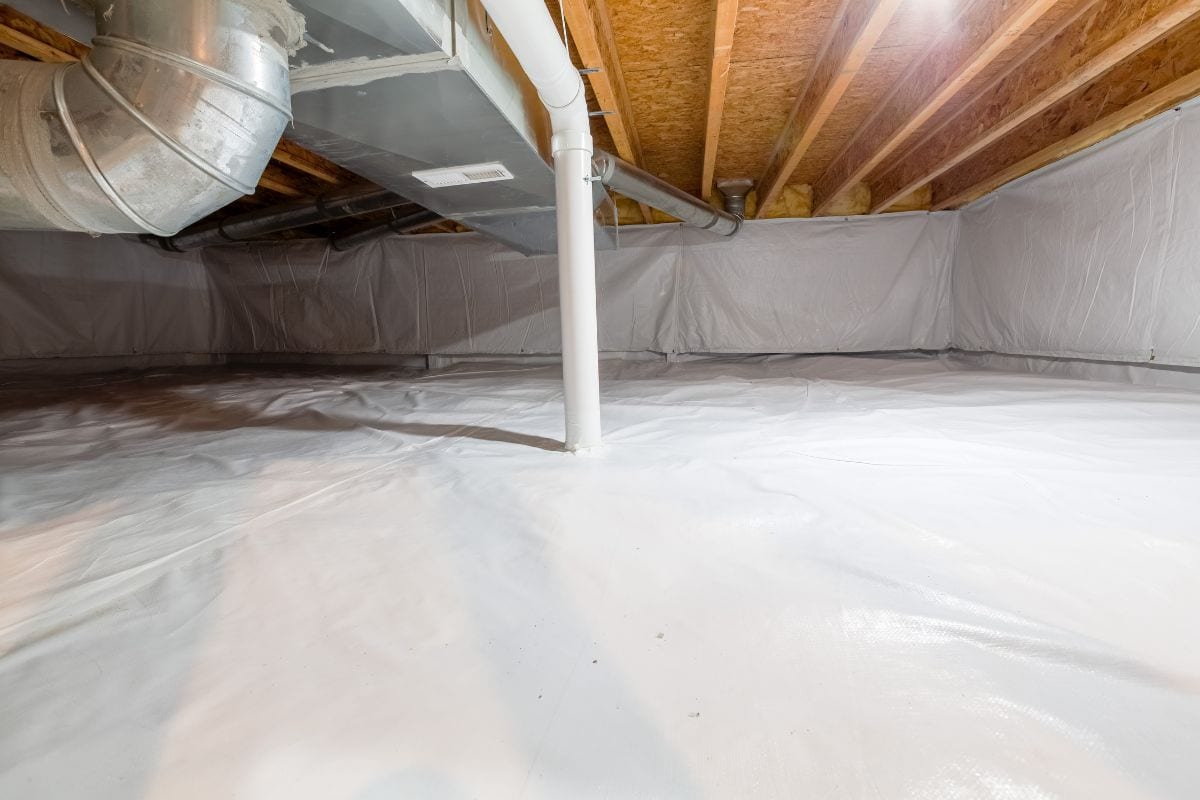
Your radon fan should not be making any loud humming or disturbing noises. Radon fans that use PVC piping with foam-insulated walls help lower the fan's vibration as air goes through the pipe.
However, some radon fans near their expiration can make loud and disturbing noises before they stop working. You can check the cause of the loud noise with your manometer.
If the current reading is lower than the previous one, this means the fan is not moving as much air as it used to. As a result, it may stop working sooner than you think.
Radon systems should make a sound while operating due to vibration and ventilation. You can reduce the noise by;
- Cleaning the blades of the fan
- Installing a smaller pipe size and wrapping it with insulation
- Using rubber couplings to reduce vibration.
Cleaning the fan blades may not make as many changes if you haven’t carried out the other solutions. If the sounds persist even after carrying out these steps, you can proceed to repair or change your radon fan.
Does Airing Out A House Help Radon Levels?
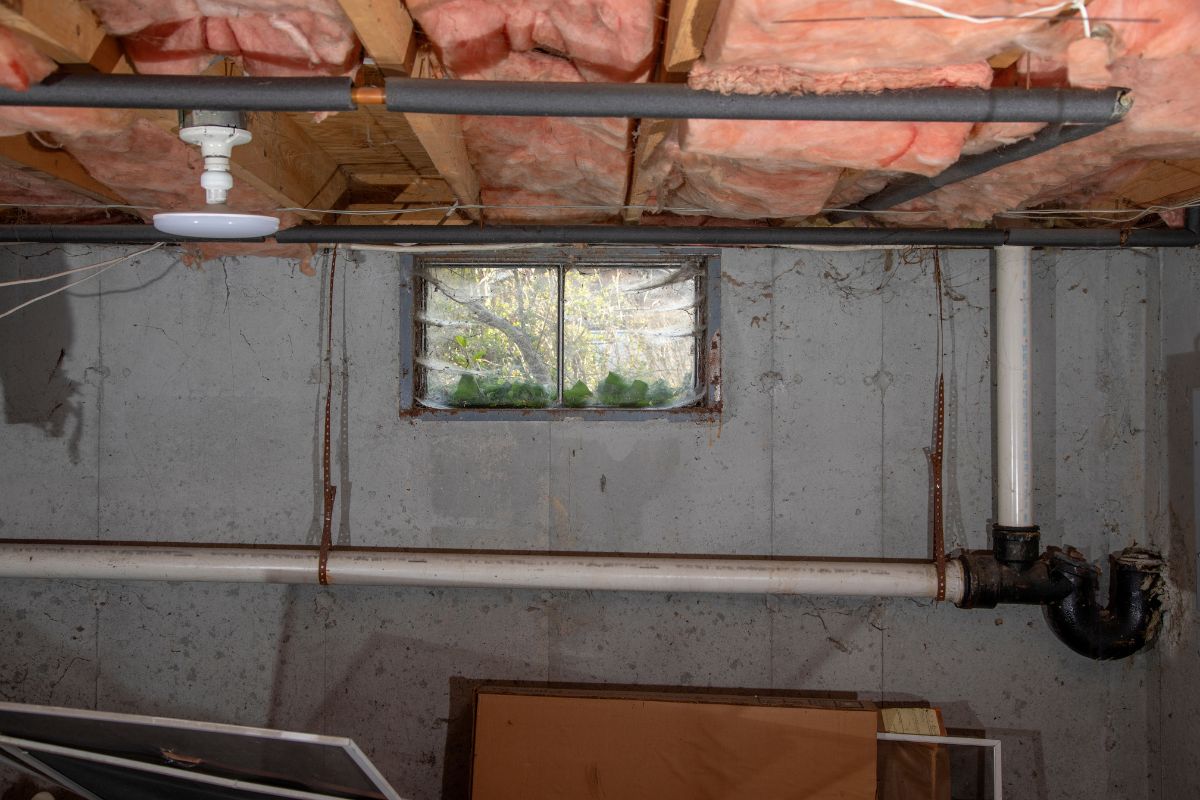
Higher levels of radon are usually detected in areas that have long winters since most air outlets are closed, and the air is trapped and circulated indoors.
This means that a minute amount of radon from the base of the building would remain trapped inside the home.
One of the easiest ways to dilute moderate radon concentrations is to increase indoor ventilation by opening doors and windows and installing fans.
A minute amount of radon gas can dissipate in three to four days. Note that appliances like dehumidifiers are ineffective in getting rid of radon gas.
Enhanced ventilation should only be installed on the ground floor, as additional ventilation on upper floors can increase the flow of radon from the ground into your home.
How Much Electricity Does a Radon System Use?
The total operating cost of radon abatement ranges from $225-$500. This fee generally depends on the region and weather conditions of an area.
Cost can also depend on many factors, including the type of radon system installed and your home's structure.
Financial assistance is sometimes available to fund radon mitigation programs, depending on household income, geographic location, and the availability of funds.
Wrapping Up
Turning off your radon system can put you and your loved ones at risk of radon exposure. While radon systems are an effective way to reduce radon levels, it is important to have your home tested for the gas regularly.
This will help ensure that the system works properly and that levels remain low. Thanks for reading.
If you would like to learn more about radon systems, check out these engaging posts.

